Test Your Knowledge of U.S. Military History
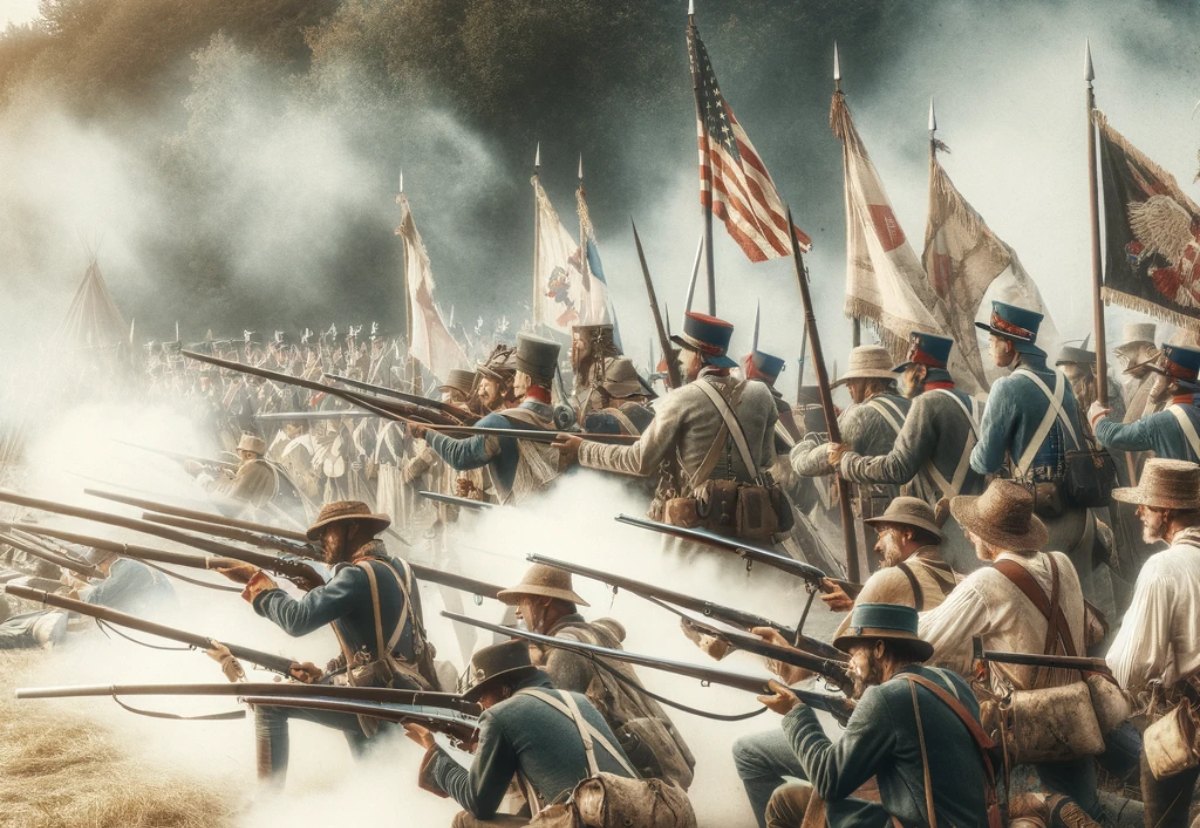
Diving into a U.S. Military History quiz is like stepping onto the battlefield of knowledge! From the Revolutionary War to modern-day conflicts, this quiz will challenge your understanding of the events and heroes that have shaped our nation’s military legacy. As you explore the milestones that shaped our country, you can rest assured that the commitment to supporting those who served our country persists today through legal USERRA protections for veterans. Now let’s continue with the quiz and see if you can march through history with flying colors. Whether revisiting the major battles or learning something new, this quiz will surely engage your mind and honor the bravery that built our country.
Results
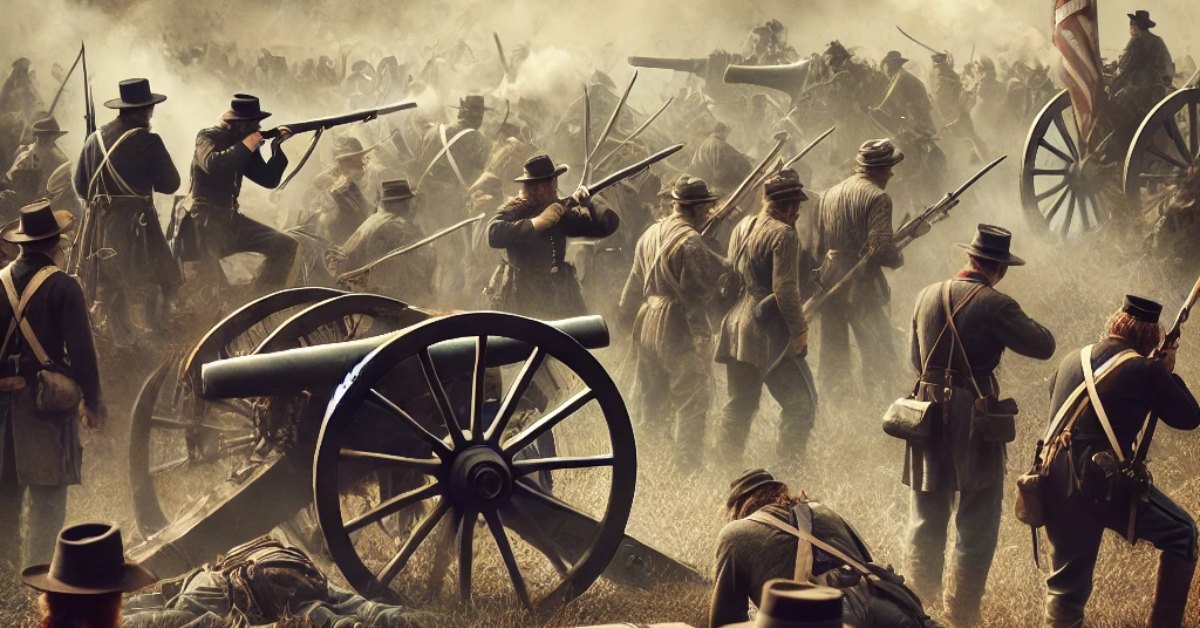
#1. Which battle is often considered the turning point of the American Civil War?
The Battle of Gettysburg, fought from July 1 to July 3, 1863, is widely regarded as the turning point of the American Civil War. This battle marked the last major Confederate invasion of the Northern states. The Union victory at Gettysburg halted the advance of General Robert E. Lee’s Army of Northern Virginia, leading to significant Confederate losses. This battle, combined with the fall of Vicksburg on July 4, 1863, shifted the momentum of the war in favor of the Union.
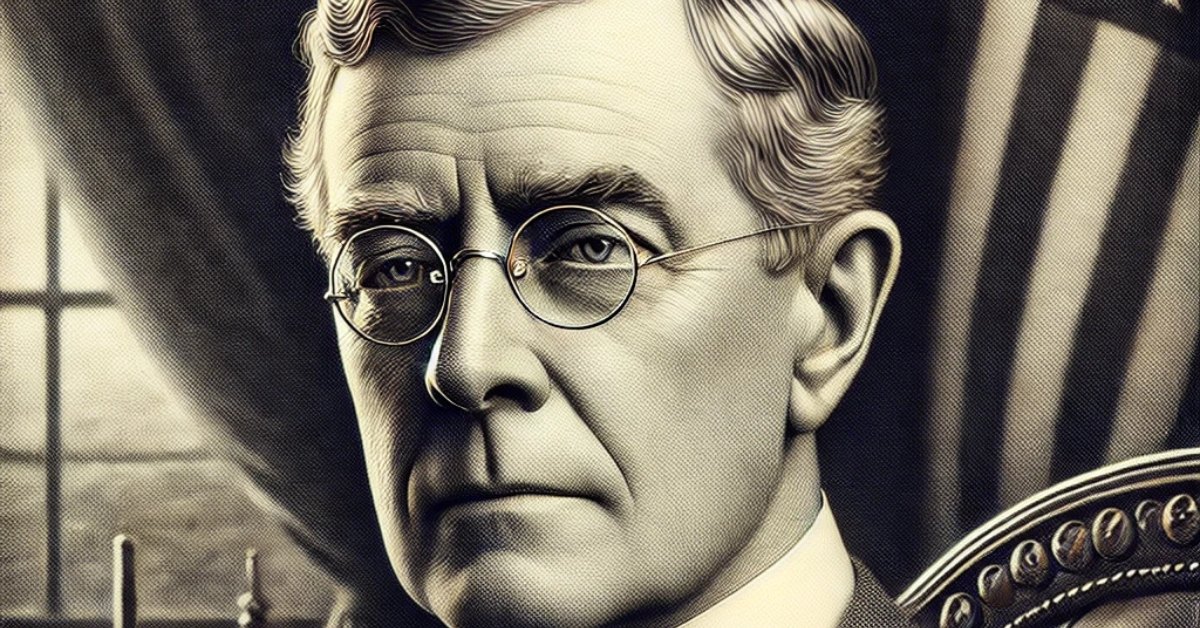
#2. Who was the U.S. President during World War I?
Woodrow Wilson served as the 28th President of the United States from 1913 to 1921, leading the country during World War I. Wilson initially kept the U.S. neutral but eventually asked Congress to declare war on Germany in 1917 after repeated provocations, including unrestricted submarine warfare and the Zimmermann Telegram. Wilson’s leadership during the war and his subsequent efforts to establish the League of Nations were pivotal moments in U.S. and world history.
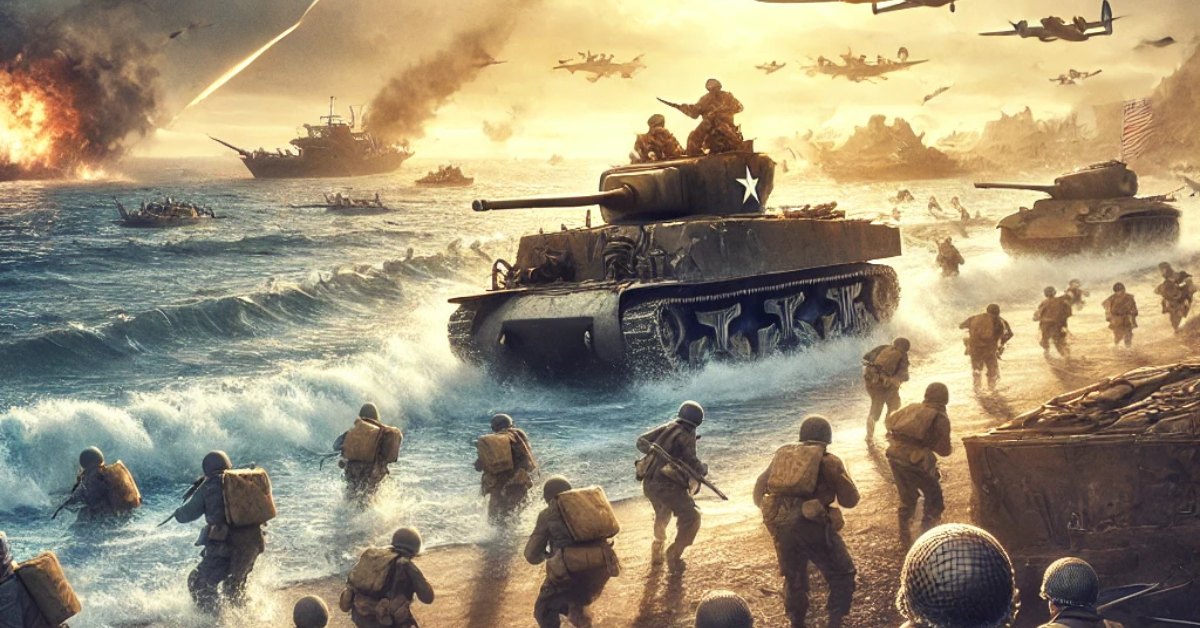
#3. In which war did the U.S. Marines famously raise the American flag on Iwo Jima?
The iconic image of U.S. Marines raising the American flag atop Mount Suribachi on Iwo Jima was taken during World War II, specifically on February 23, 1945. This moment symbolized the fierce and costly battle to capture the island of Iwo Jima from Japanese forces, which was crucial for providing a base for Allied air operations in the Pacific. The photograph became an enduring symbol of American resilience and sacrifice during the war.

#4. What year did the United States officially enter World War II?
The United States officially entered World War II on December 8, 1941, following the Japanese attack on Pearl Harbor on December 7, 1941. This surprise military strike led to the U.S. declaration of war against Japan, bringing the nation into the global conflict. The attack galvanized American public opinion, shifting the country from a position of neutrality to full engagement in the war efforts against the Axis powers.
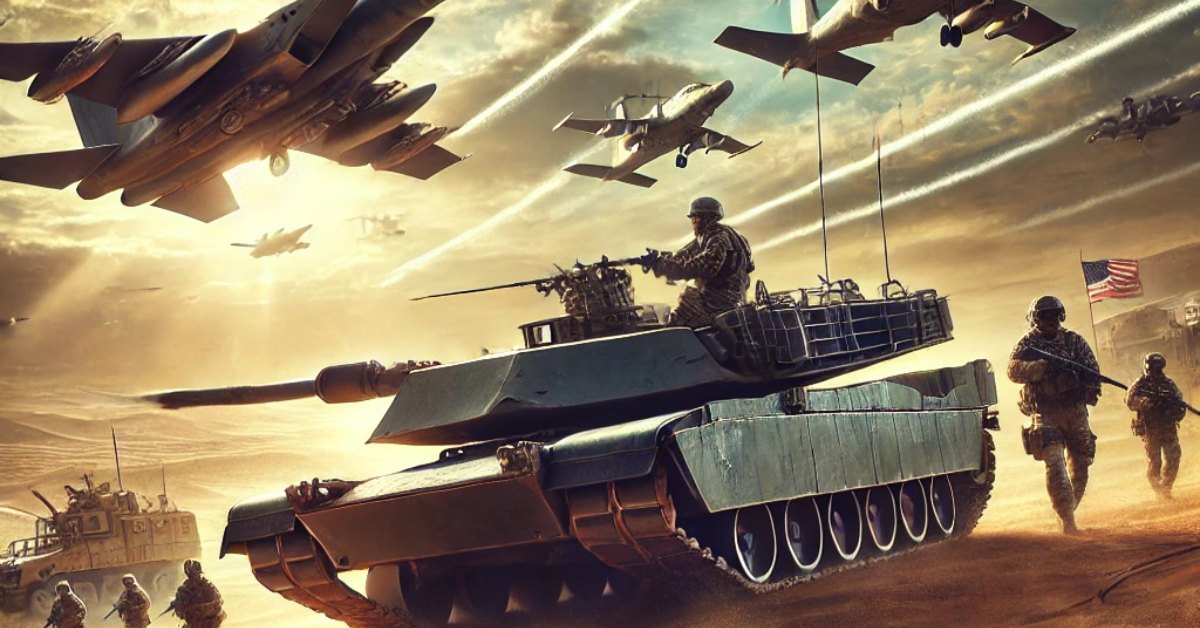
#5. Which U.S. military operation was launched to liberate Kuwait from Iraqi occupation in 1991?
Operation Desert Storm was the combat phase of the Gulf War, initiated on January 17, 1991, to liberate Kuwait from Iraqi occupation. Following Iraq’s invasion of Kuwait in August 1990, a U.S.-led coalition of 35 nations launched a massive air and ground assault that successfully drove Iraqi forces out of Kuwait. The operation is noted for its technological advancements in warfare and its relatively quick and decisive outcome.
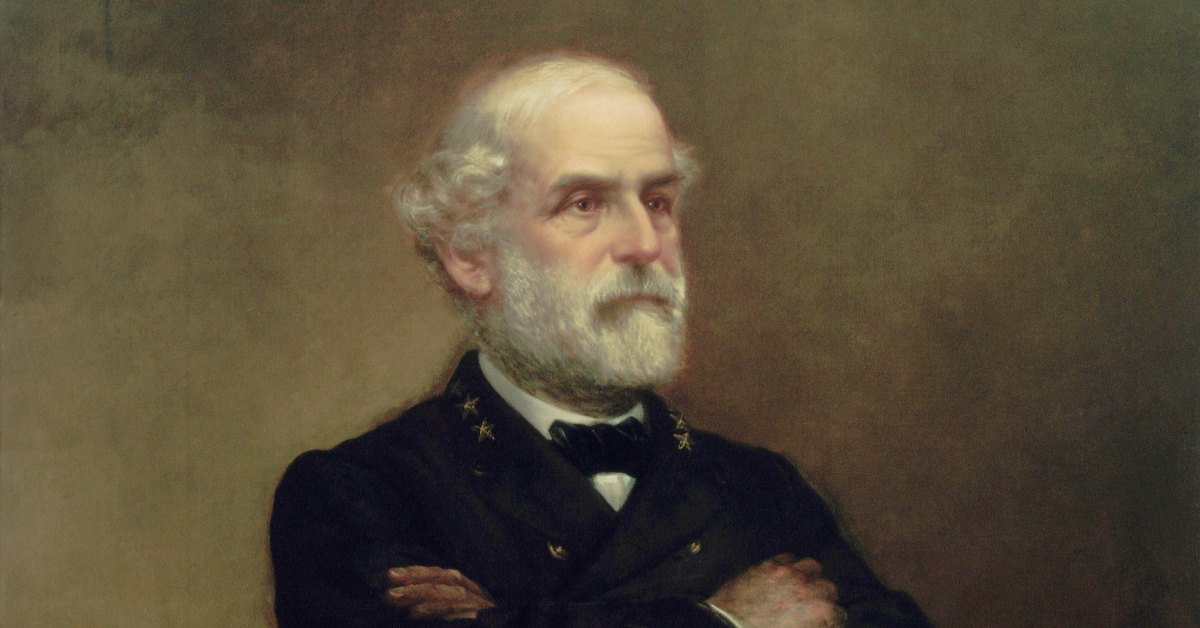
#6. Who was the commanding general of the Confederate Army during the American Civil War?
General Robert E. Lee was the commanding general of the Confederate Army of Northern Virginia during the American Civil War. Lee is best known for his leadership in several major battles, including the Battle of Gettysburg and the Seven Days Battles. Despite his military prowess, Lee’s decision to invade the North ultimately failed, and his surrender to General Ulysses S. Grant at Appomattox Court House in April 1865 marked the end of the Civil War.
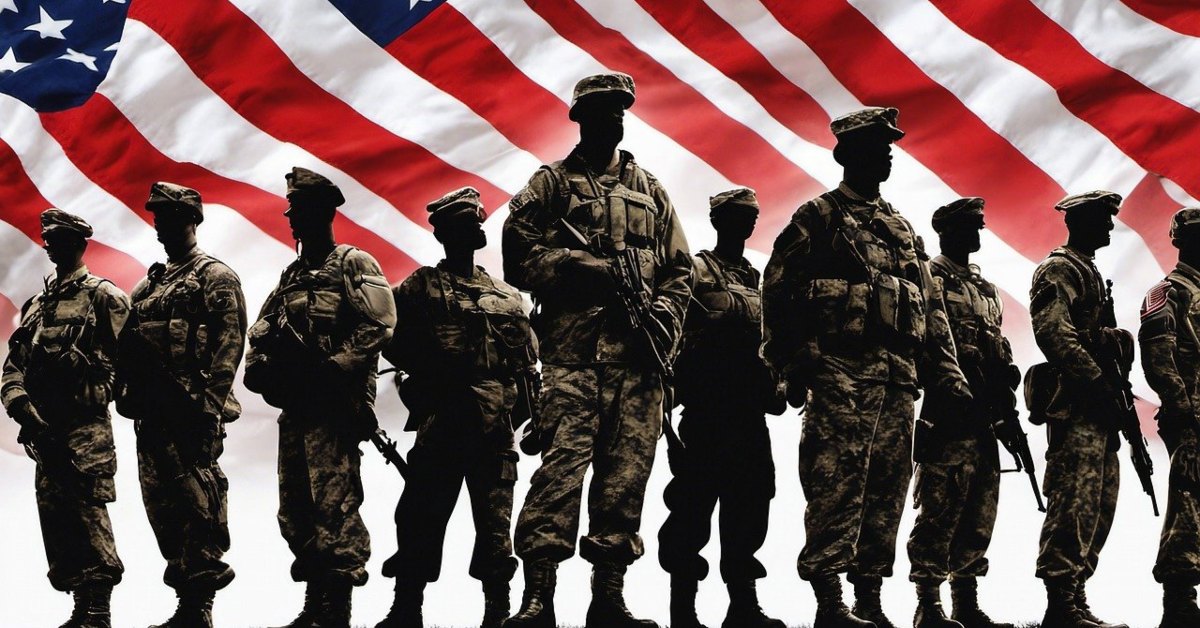
#7. Which branch of the U.S. military was established first?
The U.S. Army was established on June 14, 1775, making it the oldest branch of the U.S. military. It was created by the Second Continental Congress to coordinate the military efforts of the Thirteen Colonies in their rebellion against British rule. The U.S. Navy was established later, on October 13, 1775. The Army played a crucial role in the American Revolutionary War and has since been a cornerstone of U.S. national defense.
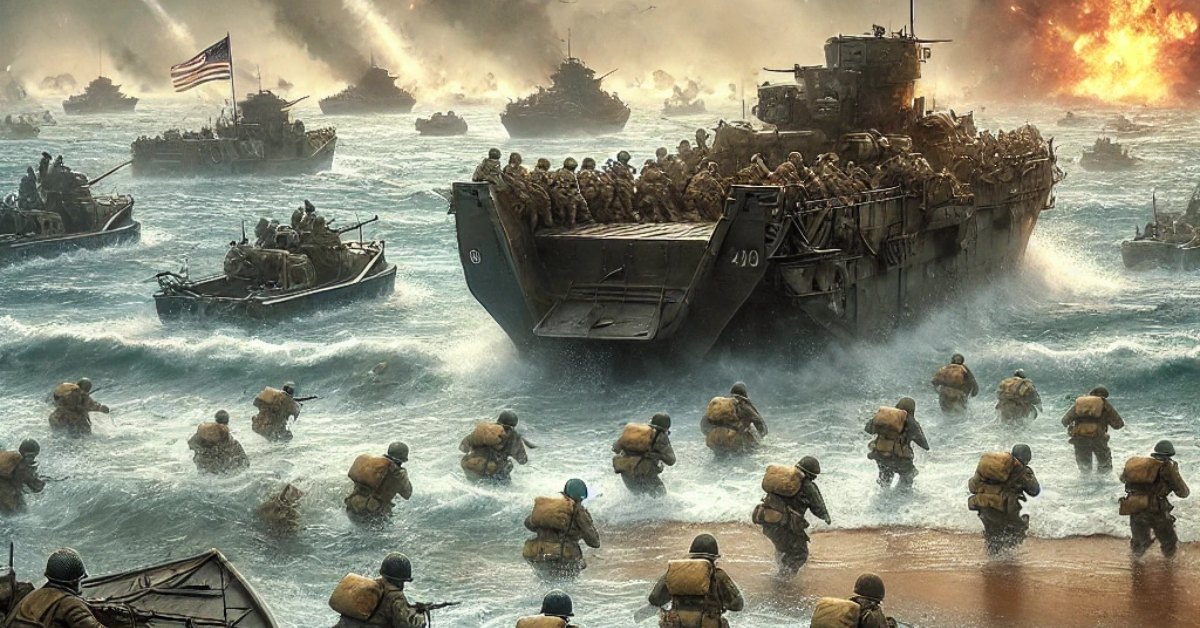
#8. What was the primary objective of the D-Day invasion during World War II?
The primary objective of the D-Day invasion, which took place on June 6, 1944, was to establish a Western front in Europe by securing a beachhead in Normandy, France. Codenamed Operation Overlord, the invasion involved over 156,000 Allied troops and marked the beginning of the end for Nazi Germany. While the liberation of Paris followed in August 1944, the success of D-Day was critical in breaking the German hold on Western Europe and ultimately led to the Allied victory in Europe.
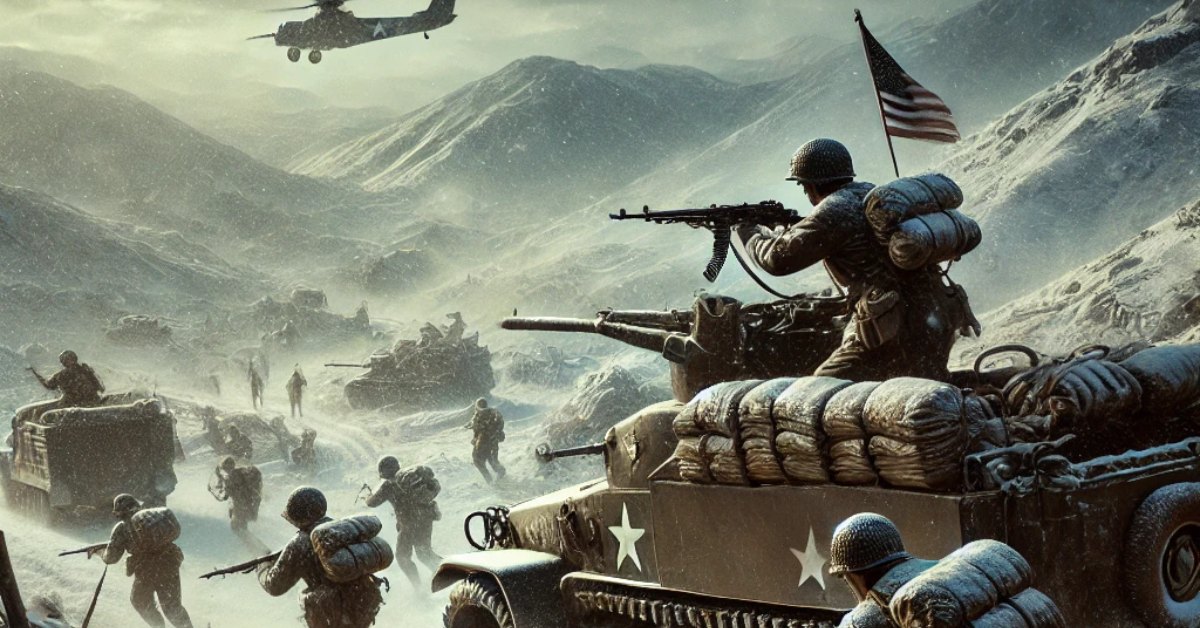
#9. Which U.S. war is often referred to as "The Forgotten War"?
The Korean War, fought between 1950 and 1953, is often referred to as “The Forgotten War” because it is overshadowed by World War II and the Vietnam War in American collective memory. Despite the conflict’s significance in the Cold War era and its lasting impact on U.S. foreign policy, it has received less attention in historical discourse. The war ended in an armistice rather than a formal peace treaty, leaving the Korean Peninsula divided to this day.
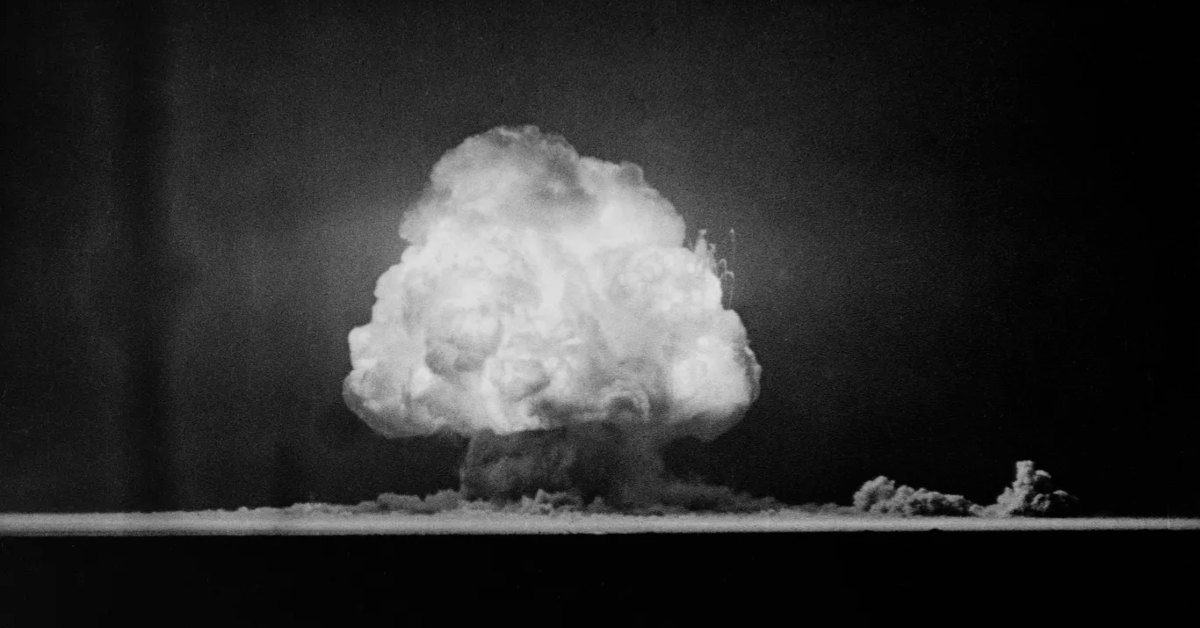
#10. What was the name of the first successful nuclear test conducted by the United States?
The Trinity Test, conducted on July 16, 1945, in the New Mexico desert, was the first successful detonation of a nuclear weapon. It was part of the Manhattan Project, the secret U.S. research and development program during World War II that produced the first nuclear bombs. The success of the Trinity Test marked the dawn of the nuclear age, leading to the subsequent bombings of Hiroshima and Nagasaki, which contributed to the end of the war in the Pacific.

